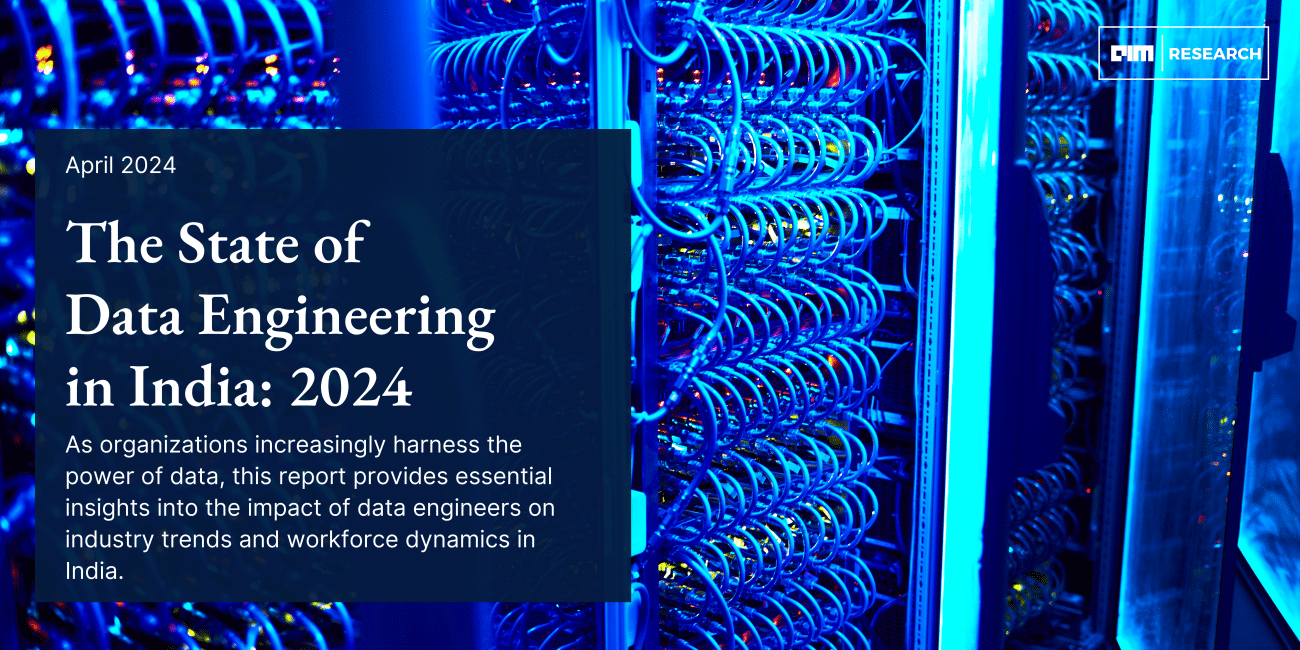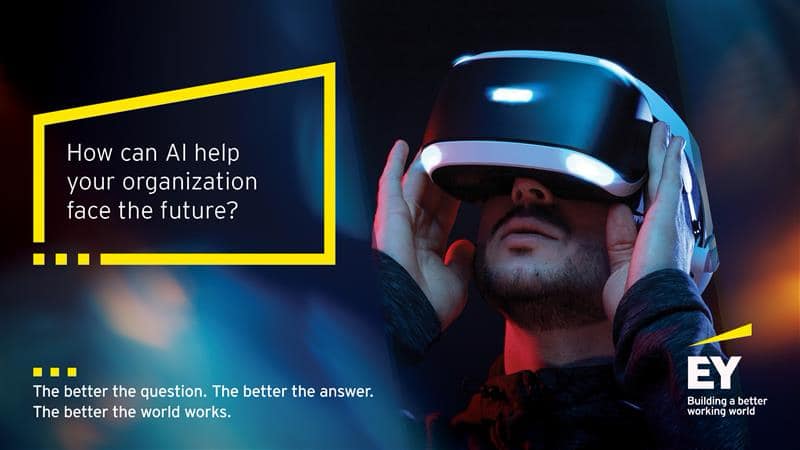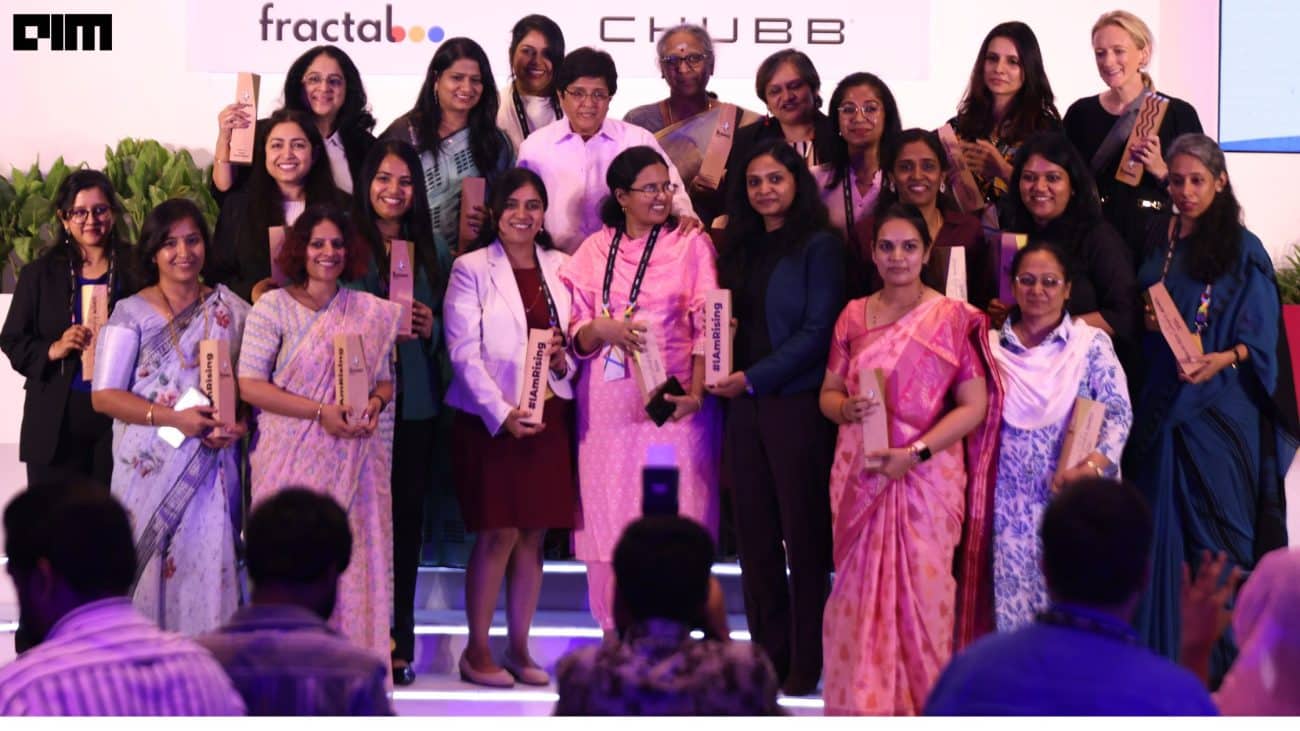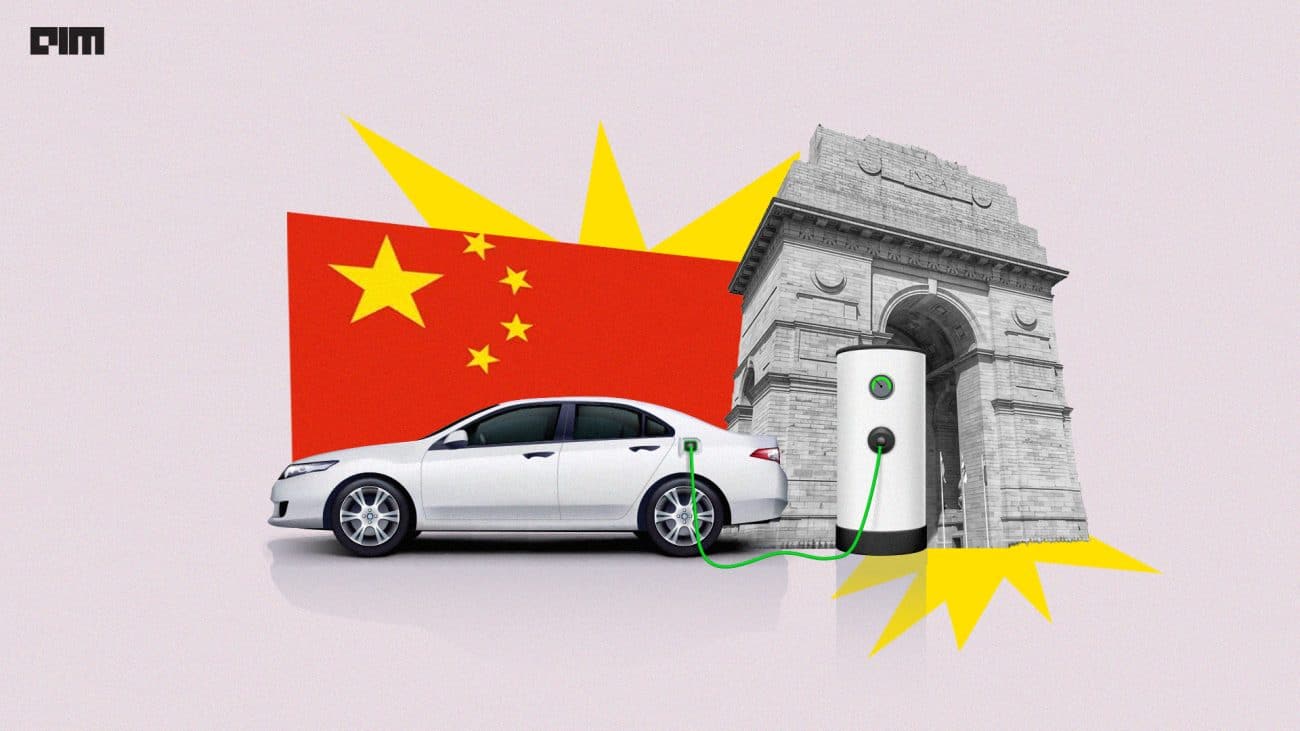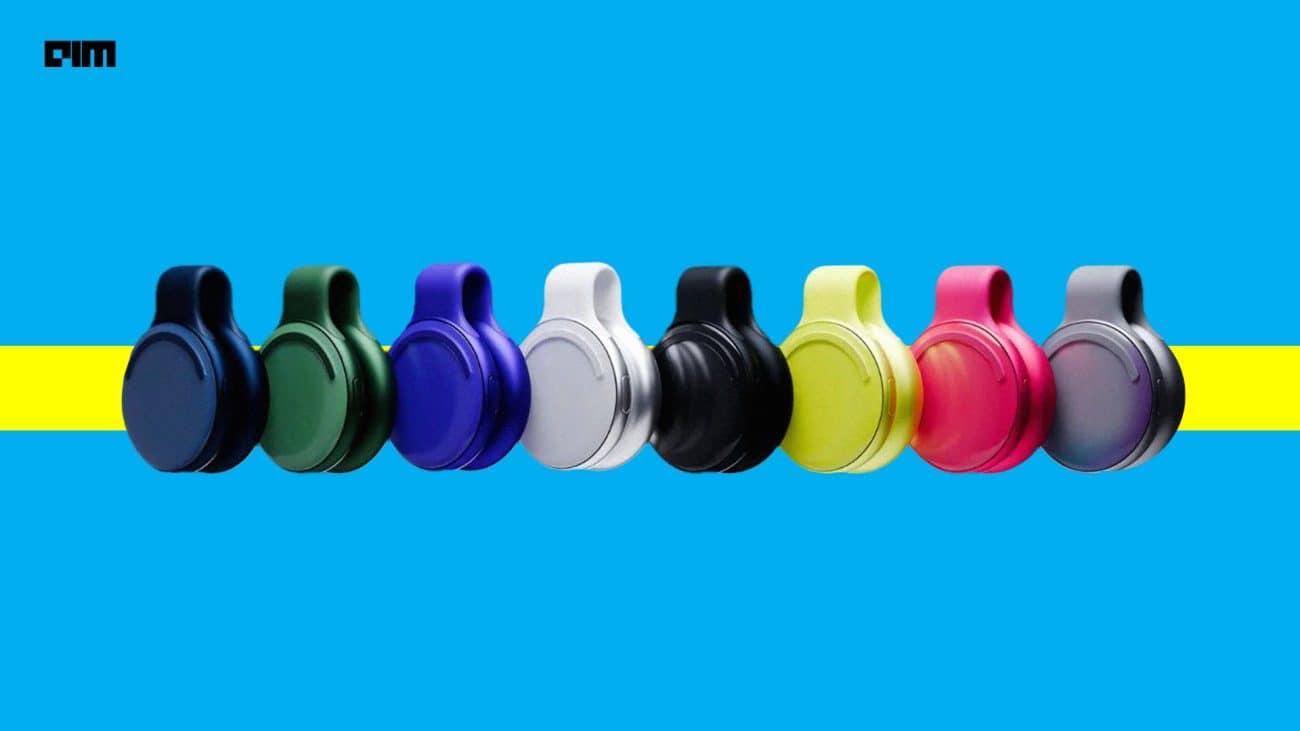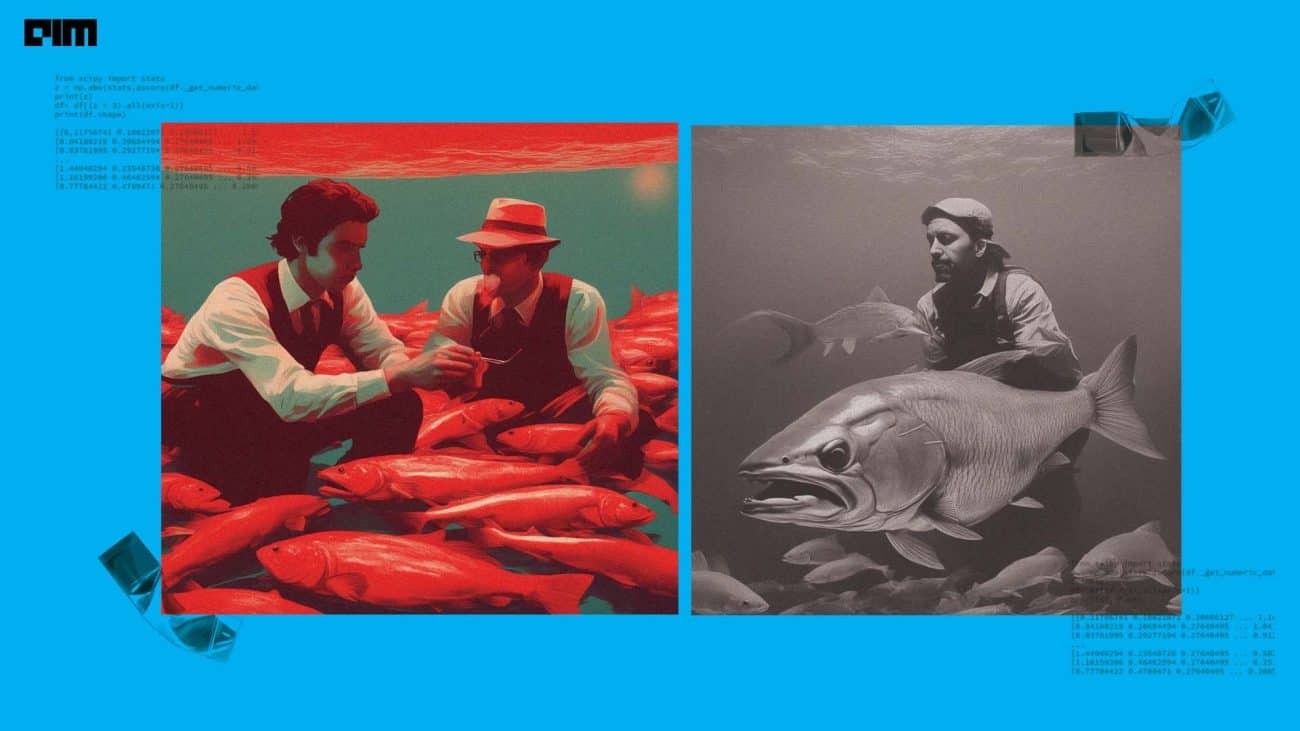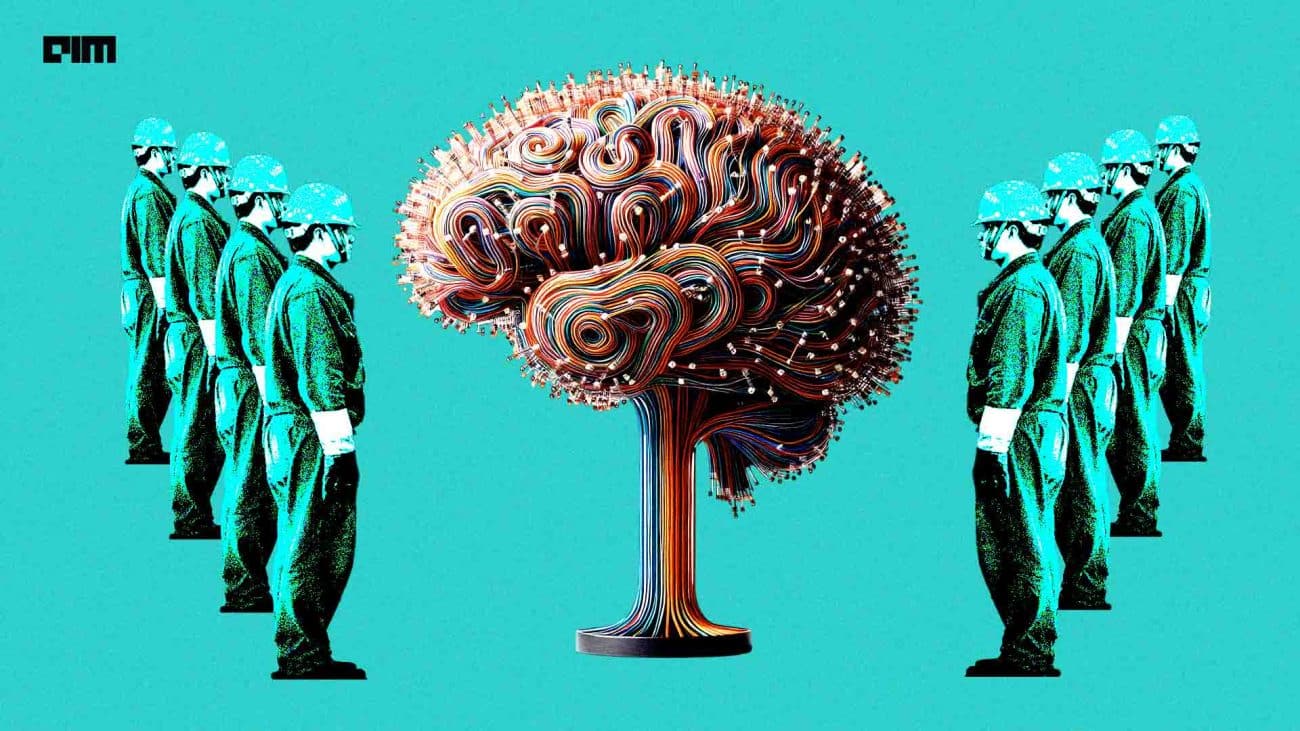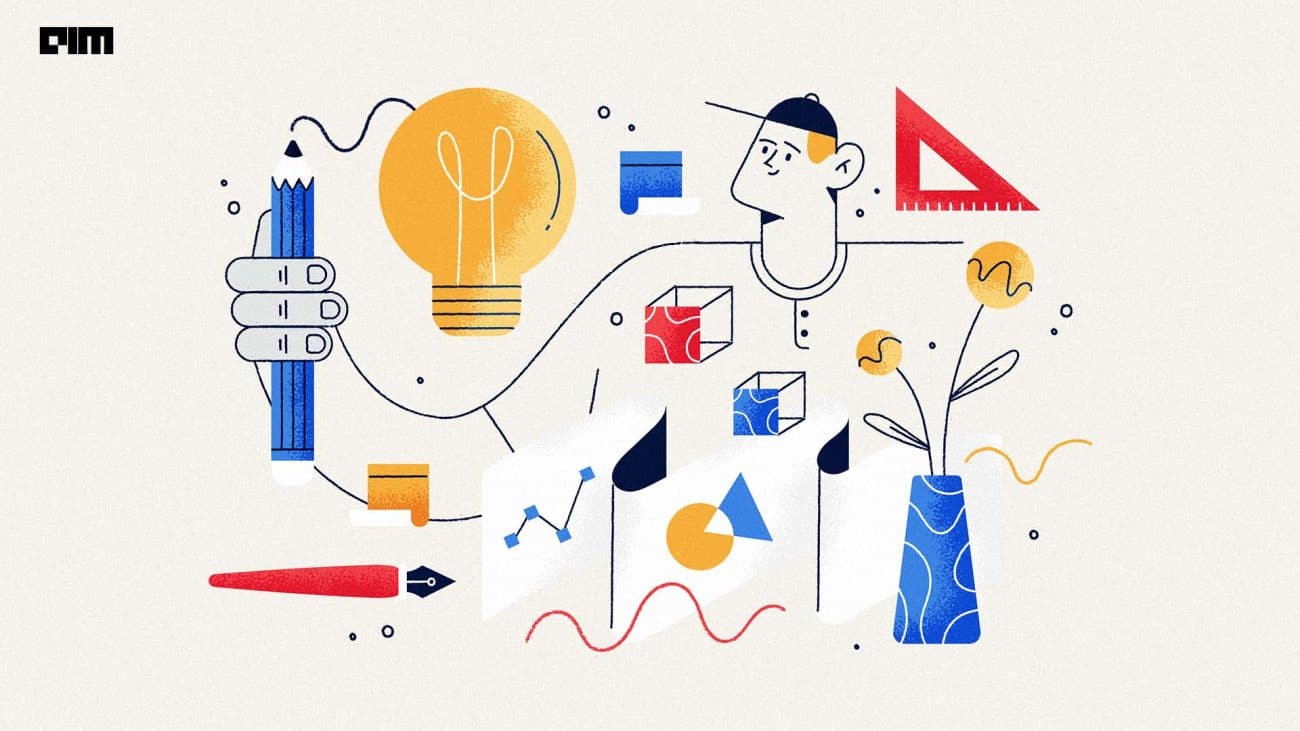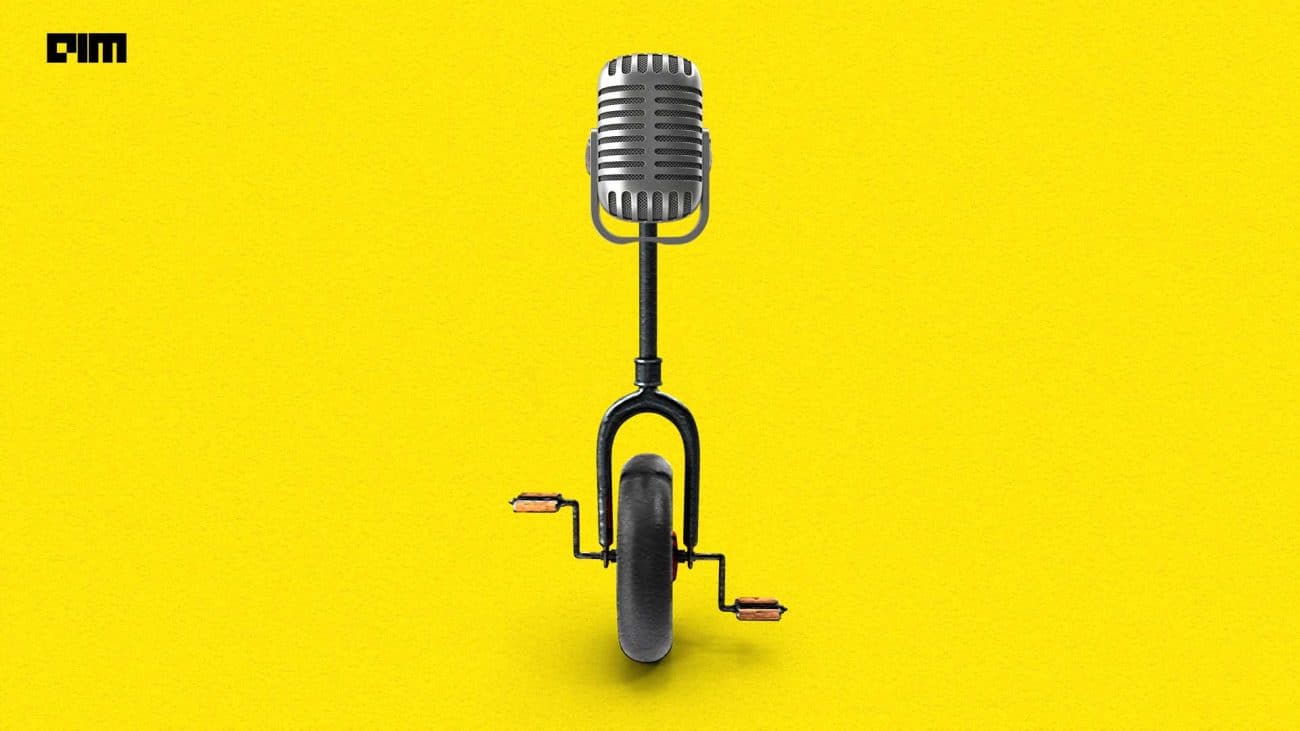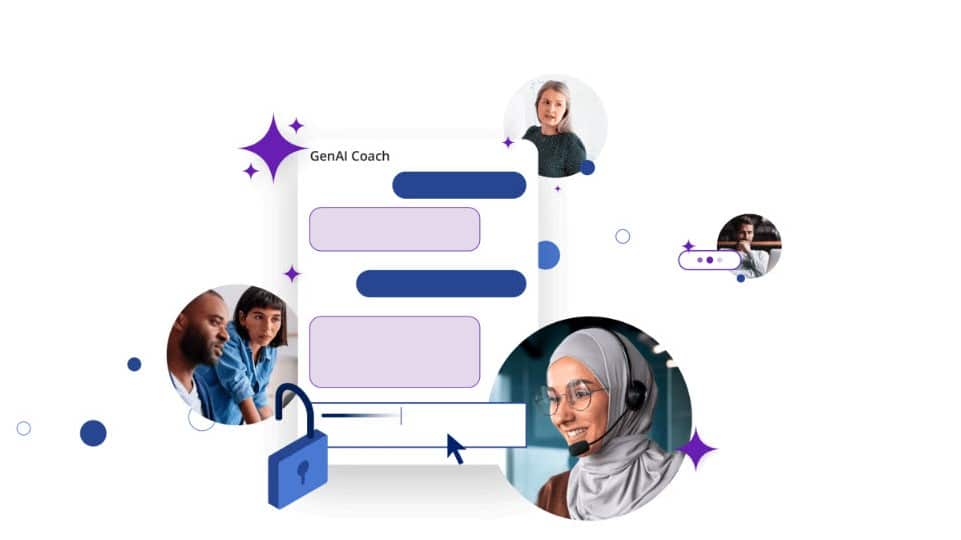The Indian freelancing market grew 46% in 2020 in the wake of the pandemic. According to a Payoneer report, India has the second-fastest-growing stack of freelancers at 160% year-on-year revenue growth.
Source: Payoneer.com
Enterprises across the world are moving to remote work or gig-based models. As a result, the freelance ecosystem is thriving, especially the IT sector. The ripple effect is felt in the data science ecosystem as well. Below, we look at the pros and cons of working as a freelance data scientist.
Pros
- Selective work: You can be your own boss and pick projects that interest you.
- Master of your own time: Being a freelance data scientist means you can set your working hours and schedule tasks. The flexibility is priceless.
- Versatility: Freelancers gain a broader perspective by working on different projects, teams and getting their hands dirty with exciting projects.
Cons
- No benefits and perks: Freelancers don’t get the perks and benefits like full-time employees like health insurance, PF, etc.
- Admin work: Apart from the core job, the freelancer has to deal with the administrative and financial side as well.
- Lack of job security: The full time employee has a steady income. Freelancers might not land projects on a consistent basis.
How to become a freelance data scientist
Freelance data scientists get opportunities to work on interesting projects and with different teams. Today, just a degree or a certificate is not enough to land freelance projects.
- Develop a portfolio
“Understanding the domain can take some time, and an early start means you are well prepared when you start your career,” said Shobhit Nigam, a data science consultant and head of data science at KnowledgeHut. However, before taking the leap, one must first work on some projects, gain domain knowledge and participate in technical forums and build street cred. GitHub is the go-to platform that meets all these requirements.
- Scout for gigs/projects on freelancing portals
Devesh Mishra, a freelance data scientist and Kaggle notebooks expert, said he created profiles on various freelancing portals like Upwork, Fiverr, Guru.com, freelancer, etc. However, creating a portfolio and bidding for projects does not guarantee a project. Therefore, the freelance data scientists should make their profiles eyecatching and arrange information so that any potential client visiting the profile can get a quick gist of their skillsets and experience. Having a website also goes a long way in attracting clients.
- Reach out to firms that need data scientists
A lot of companies keep freelancers on retainers. To get long-term clients, the freelance data scientists should reach out to tech firms, startups and businesses. Retainers are a good fallback option if the projects become scarce.
Source: Financesonline.com
Freelance data scientist Krishna Sai Vootla said joining Toptal gave him the confidence and stability to become a full-time freelance data scientist. Platforms like Toptal, Flexiple, Hubbstaff Talent, etc provide freelancers with a steady stream of projects. “Taking good private insurance that covers your family and health issues goes a long way in becoming a freelance data scientist. It also helps if you have some savings before venturing into the freelance world,” he added.
India has the third-largest startup ecosystem globally, with over 69,000 recognised by the Department for Promotion of Industry and Internal Trade. Companies take external help or outsource their projects. In other words, the opportunity is there for freelancers.
Before switching, freelancers should keep a couple of things in mind:
- Structure your process: Clients are impressed if you have a game plan. Create templates for different types of AI/ML projects.
- Find your niche: Most data science freelance projects are specialist jobs. Therefore, it is important to find your forte and build on it. Develop a niche skill.
- Full time or part time: It’s better to work on a few side projects and build a portfolio before going into full-time freelancing mode. However, the downside is the divided focus might affect the employee’s performance.

























